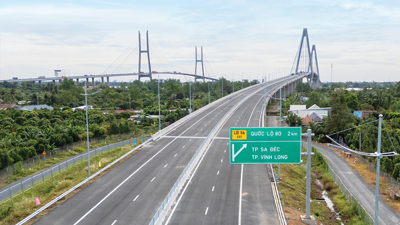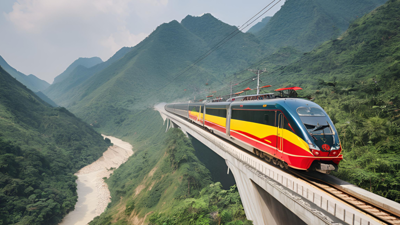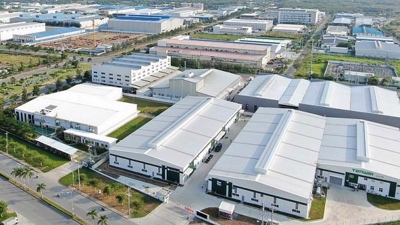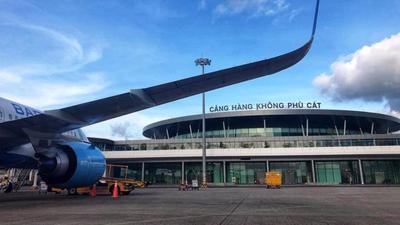Vietnam Seeks Superport Status with Ambitious Can Gio Project
Ho Chi Minh City moves to become a regional shipping hub with a massive, multi-phase transshipment port development.
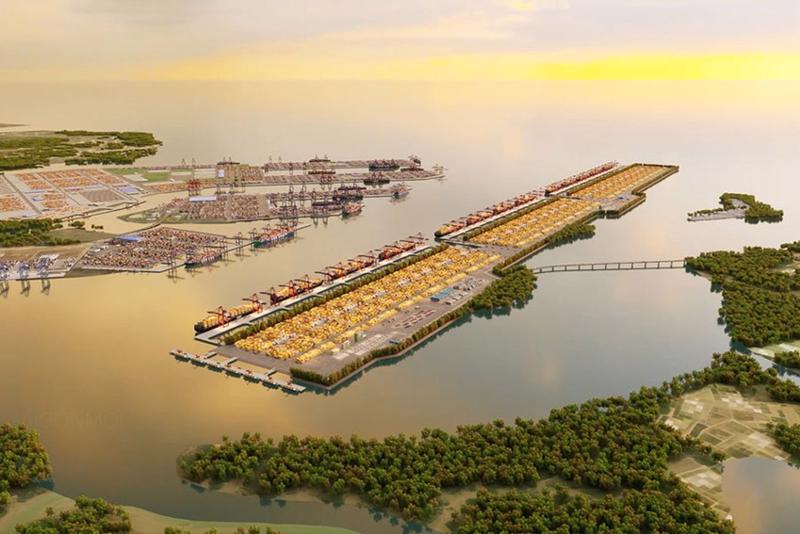
Ho Chi Minh City, Vietnam's economic powerhouse, is poised to dramatically transform its shipping capabilities with the Can Gio international transshipment port. This massive, $6 billion project aims to elevate Ho Chi Minh City into a major regional transshipment hub.
The Ministry of Transport has prioritized the Can Gio project, recently submitting a proposal to the Prime Minister for detailed planning approval from 2021 to 2030, with a vision extending to 2050.
Strategically located at the mouth of the Cai Mep River, the port will integrate with the existing Cai Mep zone. This creates a powerful complex designed to facilitate efficient transportation of goods to seaports both within Vietnam and throughout the Southeast Asian region.
Meeting Future Demand
Studies by the city, along with commitments from potential investors, forecast international transhipment demand through the port could reach 3.6 million TEUs (twenty-foot equivalent units) by 2030.
In the initial phase, Can Gio is expected to handle vessels up to 250,000 DWT (deadweight tons), equivalent to 24,000 TEUs, with a total wharf length of over 2 kilometers.
Global shipping giant MSC/TIL Group is spearheading the development, indicating robust potential for the project. The site for the port is proposed to be on Con Cho Island in the Can Gio district—itself the location of a UNESCO-protected biosphere reserve.
Addressing the Need
The impetus behind the Can Gio push is clear. Vietnam's existing port infrastructure is stretched, and the nation lacks a dedicated container transshipment hub. As a result, a significant amount of Vietnamese cargo is currently transshipped via ports in neighboring countries like Singapore and Malaysia.
The Can Gio port project envisions accommodating a maximum capacity of 16.9 million TEUs across a 571-hectare area. It is designed to be a phased, seven-stage endeavor with a completion target of 2045.
Balancing Growth and Environment
Despite the promise of economic gains, the project has raised concerns. Initial proposals drew criticism from the Deputy Prime Minister over potential conflicts with nearby ports and concerns about environmental impact on the Can Gio mangrove biosphere reserve.
In response, Ho Chi Minh City has revised the project plans, scaling it back to two phases, with phase one prioritizing port operations before 2030. Importantly, the city has emphasized that the project incorporates smart technology and automation with safeguards to protect the local ecosystem.
The success of the Can Gio international transshipment port rests on Vietnam's ability to attract major shipping lines and redirect the flow of goods away from established regional hubs. While the backing of MSC/TIL Group is a positive sign, the project's scale and the environmental concerns make its outcome uncertain.



